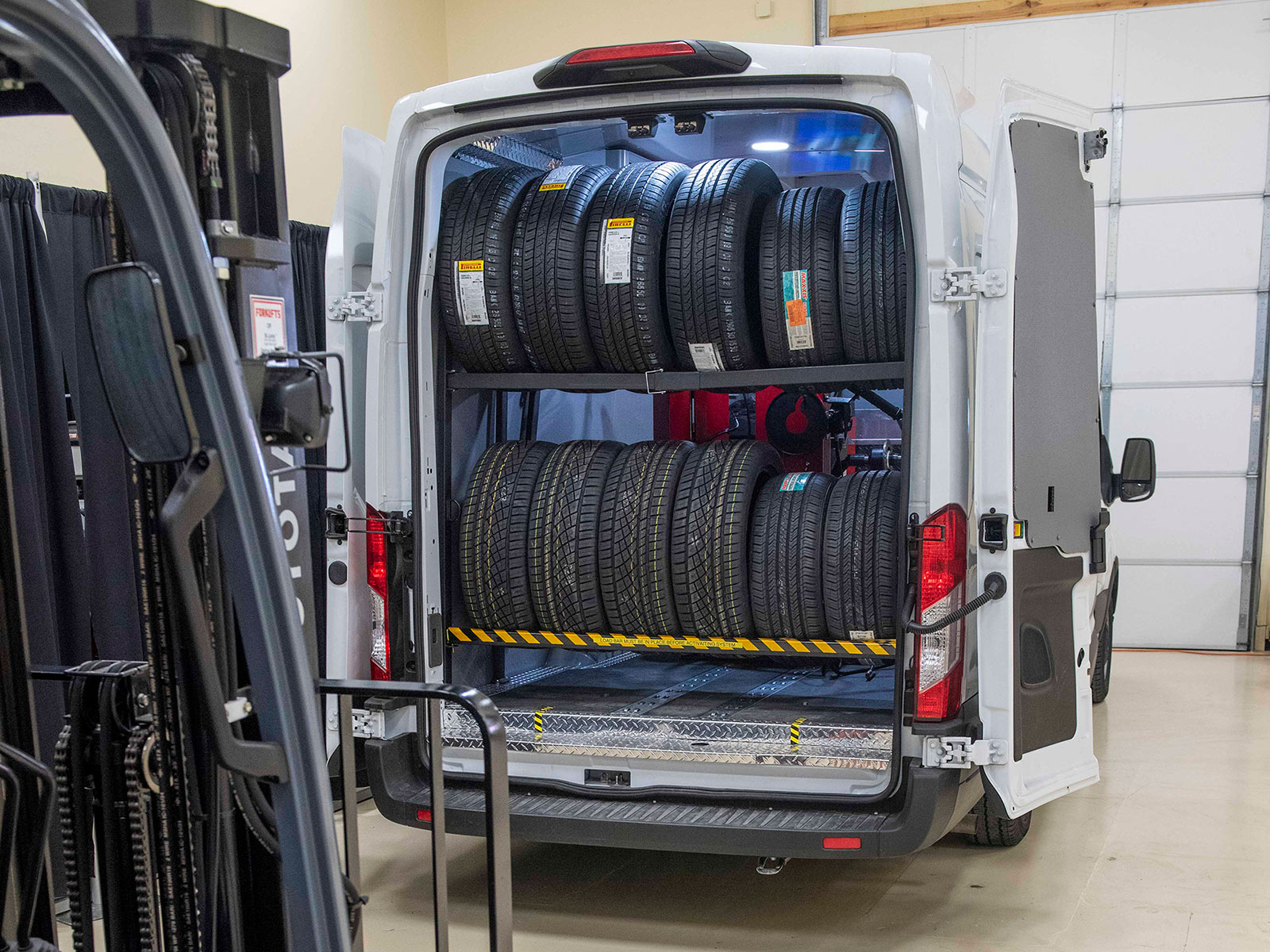Relied On Mobile Tire Service Las Vegas - On-Time Solutions
Tire Solution: Proven Techniques for Optimum Tire Maintenance and Treatment
Preserving optimal tire problem is extremely important for both security and performance of any lorry. From making certain correct tire pressure to routine turning and positioning, there are tested approaches that can considerably prolong the life expectancy of your tires and improve general driving experience. As we discover the ins and outs of tire treatment and upkeep, we will certainly uncover crucial standards that every vehicle owner should comply with for the finest feasible results. Allow's look into the globe of tire solution and discover the keys to keeping your tires in top-notch form for the long haul.
Importance of Tire Pressure
Appropriate tire pressure promotes far better gas performance, as under-inflated tires can lead to increased rolling resistance, creating the engine to work harder and take in more gas. Proper tire stress guarantees even step wear, improving tire longevity and conserving money in the lengthy run by postponing the requirement for early substitutes. Consistently adjusting and inspecting tire pressure, specifically before lengthy trips, is an easy yet reliable method to enhance vehicle efficiency, extend tire life-span, and focus on safety on the roadway.
Tire Rotation Standards
When taking into consideration tire rotation guidelines, it is important to recognize the importance of this upkeep job in maximizing tire life-span and maintaining ideal vehicle efficiency. Tire rotation entails changing the setting of each tire on an automobile to guarantee even walk wear. Front tires have a tendency to wear faster than rear tires as a result of steering forces, making regular turning crucial for balanced wear patterns. The suggested rotation pattern differs relying on whether a car is front-wheel, rear-wheel, all-wheel, or four-wheel drive. Usually, tires should be rotated every 5,000 to 7,500 miles, or as suggested in the automobile handbook. Ignoring tire turning can lead to unequal wear, impacting handling, traction, and potentially compromising automobile safety. By sticking to proper rotation guidelines, vehicle drivers can prolong the life of their tires, improve fuel effectiveness, and improve overall driving experience. Regular rotation is a simple yet reliable upkeep method that adds substantially to tire longevity and car performance.

Advantages of Wheel Positioning
Guaranteeing proper wheel alignment after tire rotation is essential for maintaining well balanced wear patterns and making best use of car efficiency. Wheel placement refers to the change of the angles of the wheels to the supplier's specs. One of the crucial advantages of wheel positioning is boosted handling and steering feedback. When the wheels are effectively aligned, it minimizes steering effort, guaranteeing a smoother and a lot more regulated driving experience. Additionally, proper wheel positioning assists to prolong the lifespan of your tires. Misaligned wheels can trigger irregular tire wear, causing early tire replacement and boosted maintenance expenses.

Tire Footstep Deepness Check
Carrying out a regular evaluation of tire walk depth is necessary for maintaining secure driving problems and lengthening the life expectancy of your tires. The step on your tires plays an important role in supplying traction, especially in damp or unsafe conditions. To check your tire walk depth, you can utilize a step deepness scale or the penny test. The recommended walk depth goes to the very least 2/32 of an inch. If the step deepness is listed below this limit, it is time to change your tires to guarantee ideal performance and security on the roadway. Unequal walk wear can suggest problems with tire suspension, pressure, or placement, highlighting the relevance of normal step depth checks. Overlooking to keep track of and maintain proper step deepness can cause minimized hold, longer braking ranges, and a raised threat of hydroplaning. By integrating tire walk depth check out your regular upkeep routine, you can drive with confidence knowing that your tires remain in leading condition.
Seasonal Tire Evaluation
Seasonal tire examination is a fundamental facet of tire upkeep that makes certain tires are all set to encounter the obstacles presented site by different weather condition conditions. In preparation for winter, it is essential to examine the tire stress on a regular basis as chilly temperatures can trigger tire pressure to go down. By performing routine seasonal tire evaluations, motorists can extend tire life expectancy, enhance gas performance, and most significantly, guarantee a safe driving experience in varying weather condition conditions.
Conclusion
In conclusion, keeping appropriate tire pressure, rotating tires regularly, aligning wheels appropriately, monitoring step depth, and conducting seasonal examinations are vital practices for optimum tire treatment. By complying with these proven techniques, chauffeurs can guarantee their tires last longer, carry out far better, and add to overall lorry security. It is essential to prioritize tire upkeep to stop crashes, enhance fuel effectiveness, and prolong the life-span of tires.
Sufficient tire stress promotes better gas efficiency, as under-inflated tires can lead to boosted rolling resistance, triggering the engine to function more difficult and eat more fuel.When taking into consideration tire turning standards, it is important to recognize the importance of this maintenance job in taking full advantage of tire life-span and preserving optimal car efficiency. Seasonal tire evaluation is he said a basic aspect of tire upkeep that ensures tires are prepared to encounter the obstacles posed by various weather conditions. By performing routine seasonal tire assessments, vehicle drivers can extend tire life-span, improve gas performance, and most notably, guarantee a safe driving experience in differing climate problems.
In verdict, maintaining proper tire directory pressure, rotating tires frequently, straightening wheels appropriately, keeping an eye on step depth, and conducting seasonal evaluations are vital methods for ideal tire treatment.